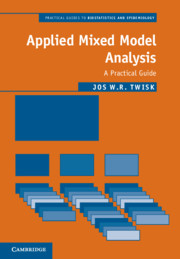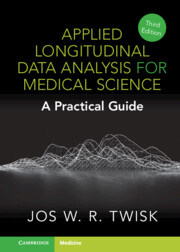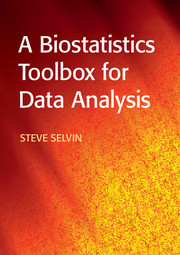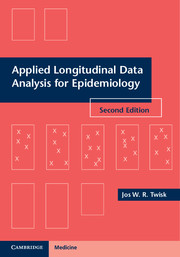Applied Mixed Model Analysis
This practical book is designed for applied researchers who want to use mixed models with their data. It discusses the basic principles of mixed model analysis, including two-level and three-level structures, and covers continuous outcome variables, dichotomous outcome variables, and categorical and survival outcome variables. Emphasizing interpretation of results, the book develops the most important applications of mixed models, such as the study of group differences, longitudinal data analysis, multivariate mixed model analysis, IPD meta-analysis, and mixed model predictions. All examples are analyzed with STATA, and an extensive overview and comparison of alternative software packages is provided. All datasets used in the book are available for download, so readers can re-analyze the examples to gain a strong understanding of the methods. Although most examples are taken from epidemiological and clinical studies, this book is also highly recommended for researchers working in other fields.
- This book is designed for researchers in applied fields with modest mathematical and statistical backgrounds
- Emphasizes interpretation of results to address scientific questions
- Worked examples in STATA and datasets for download support hands-on learning
Product details
April 2019Paperback
9781108727761
246 pages
246 × 173 × 14 mm
0.45kg
Available
Table of Contents
- 1. Introduction
- 2. Basic principles of mixed model analysis
- 3. What is gained by using mixed model analysis?
- 4. Logistic mixed model analysis
- 5. Mixed model analysis with other outcomes
- 6. Explaining differences between groups
- 7. Multivariable modelling
- 8. Predictions based on mixed model analysis
- 9. Mixed model analysis for longitudinal data
- 10. Multivariate mixed model analysis
- 11. Sample size calculations
- 12. Some loose ends.










